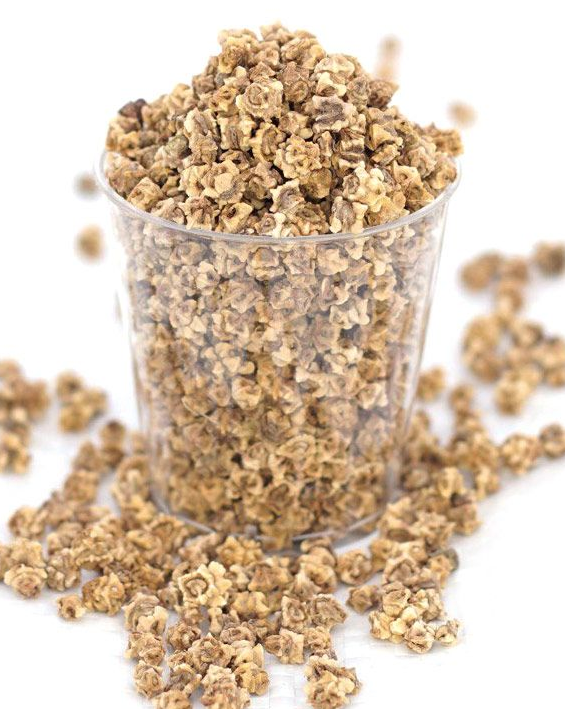Introduction: Why Grow Beetroot Seeds?
Beetroot Seeds: Have you ever thought about growing your own vegetables but felt a little overwhelmed by the idea? If so, beetroot might just be the perfect place to start. Not only are beets super easy to grow, but they’re also one of the healthiest veggies you can add to your diet. Plus, there’s something incredibly satisfying about pulling a beautiful beetroot straight out of the soil that you nurtured.
But here’s the deal: if you want a successful harvest, it all starts with understanding how to grow beetroot seeds. From prepping the soil to caring for your plants, this guide has everything you need to know to enjoy fresh, vibrant beets in your kitchen. Let’s get growing!
Understanding Beetroot Seeds
If you’ve never planted beetroot seeds before, here’s something interesting: a single “seed” isn’t actually just one seed. It’s a tiny cluster that can produce multiple sprouts. Pretty cool, right? This little detail is important because it means you’ll need to thin out your seedlings once they start growing (but don’t worry, we’ll get to that).
Why Choose Beetroot for Your Garden?
Here’s why beets are a gardener’s best friend:
- They’re beginner-friendly: You don’t need to be an expert to grow beets successfully.
- They grow quickly: In just 50–70 days, you’ll have delicious roots ready to harvest.
- They’re super versatile: From soups and salads to juices and even desserts, beets add a unique twist to any meal.
- They’re a nutritional powerhouse: Packed with vitamins, antioxidants, and minerals, beets are as good for you as they are tasty.

How to Grow Beetroot Seeds: A Step-by-Step Guide
1. Picking the Right Beetroot Seeds
Before you dive in, take a moment to decide which beet variety you want to grow. Here are some popular options:
- Detroit Dark Red: A classic with smooth, deep-red roots.
- Golden Beet: Perfect if you’re looking for a sweeter, milder flavor.
- Chioggia Beet: Famous for its candy-striped interior (it’s almost too pretty to eat).
- Cylindra: A long, cylindrical variety that’s great for slicing.
Pro tip: Always buy your seeds from a trusted supplier to ensure you’re getting high-quality, fresh seeds.

2. Preparing the Soil
Beets are pretty easy-going, but they do have some preferences when it comes to soil. Here’s what they like:
- Well-drained soil: Beets hate sitting in waterlogged dirt.
- Neutral pH levels: Aim for a pH between 6.0 and 7.5.
- Nutrient-rich soil: Mix in compost or well-rotted manure before planting to give your seeds a head start.
If your garden soil is heavy or clay-like, consider growing beets in raised beds or containers instead.
3. Planting Beetroot Seeds
Once your soil is ready, it’s time to plant! Follow these simple steps:
- When to plant: Beets are cool-season veggies, so plant them in early spring or late summer.
- Spacing: Sow seeds about 1 inch deep and space them 3–4 inches apart. If you’re planting in rows, leave about 12–18 inches between rows.
- Pre-soak your seeds: Soaking seeds in water for 12 hours before planting can speed up germination.
- Thinning: Since beet “seeds” are actually clusters, you’ll get multiple seedlings from each one. Once they’re about 2 inches tall, thin them out so that only one seedling remains in each spot.

4. Caring for Your Beets
Growing healthy beets is all about consistency. Here’s how to keep your plants happy:
- Watering: Beets like their soil to be consistently moist (but not soggy). Water deeply once or twice a week, depending on the weather.
- Mulching: Adding a layer of mulch around your plants can help retain moisture and keep weeds at bay.
- Fertilizing: Beets aren’t heavy feeders, so a light application of fertilizer every few weeks should do the trick.
- Weeding: Remove weeds regularly to ensure they don’t compete with your beets for nutrients and water.
5. Harvesting Your Beetroot
The moment you’ve been waiting for! Beets are usually ready to harvest when they’re about 1.5–3 inches in diameter. If you let them grow too large, they might become woody and lose their sweet flavor.
- How to harvest: Loosen the soil around the roots and gently pull them out by the tops.
- Don’t toss the greens: Beet greens are edible and taste amazing in salads, stir-fries, or even smoothies.

Common Challenges (and How to Fix Them)
1. Poor Germination
Why it happens: Old seeds or planting too early in cold soil.
How to fix it: Use fresh seeds and wait until the soil temperature is above 50°F (10°C).
2. Forked or Deformed Roots
Why it happens: Compacted or rocky soil.
How to fix it: Loosen your soil before planting and remove any large rocks or debris.
3. Pests and Diseases
- Leaf miners: Remove affected leaves to prevent them from spreading.
- Fungal diseases: Avoid overhead watering and make sure your plants have enough space for good airflow.
Tips for a Bigger, Better Harvest
- Plant in succession: Sow seeds every 2–3 weeks for a continuous harvest.
- Companion planting: Beets grow well with onions, lettuce, and radishes but don’t get along with pole beans.
- Store them right: Beets can last for weeks if stored in a cool, dark place or the fridge.
Conclusion: Why Growing Beetroot Seeds Is Worth It
Growing beetroot seeds isn’t just about having fresh vegetables—it’s about the satisfaction of nurturing something from seed to table. Whether you’re experimenting with a small garden or filling raised beds with vibrant beets, this humble root vegetable is one of the most rewarding crops you can grow.
With a little preparation, consistent care, and some patience, you’ll soon be pulling your own beautiful beets out of the ground. And trust me, they’ll taste so much better than anything you’ll find at the store. So, grab your seeds, roll up your sleeves, and start growing—you won’t regret it!


